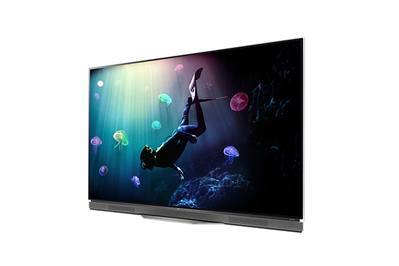
Obviously, I could not test every set of five to six inch bookshelf speakers under $600, but I’ve tried enough and done enough research to feel confident in my recommendations.

While you can certainly get floorstanding speakers for that much, the quality of the drivers will likely be better on bookshelf speakers at the same price point. It also basically limits us to bookshelf speakers between five and six inches. Anything over that and you’re starting to get into budget audiophile territory. We’re also putting a cap on our spending for this guide: a somewhat arbitrary $600. Also, since active speakers require power, you’ll have to make sure they’re near an outlet. You can’t go out and buy a new high-end amplifier and connect your active speakers to it you’re stuck with what’s built in. The primary benefit of passive is greater flexibility.

While active speakers are more expensive than passive, the fact that you need to buy an amp to power passive speakers means the savings aren’t as great as they might initially seem. And since you don’t need an external amplifier, active speakers also take up less room. Usually, the two things are specifically designed to work together, which means you're getting a more faithful version of the manufacturer’s aural vision.

One of the biggest is: active or passive? Both have their advantages, but for the sake of this guide we’re going to focus on passive speakers, which require a separate amplifier.Īctive speakers have a built-in amplifier. And you have to make a number of choices. This is understandably the part of their setup that people likely spend the most time researching.


 0 kommentar(er)
0 kommentar(er)
